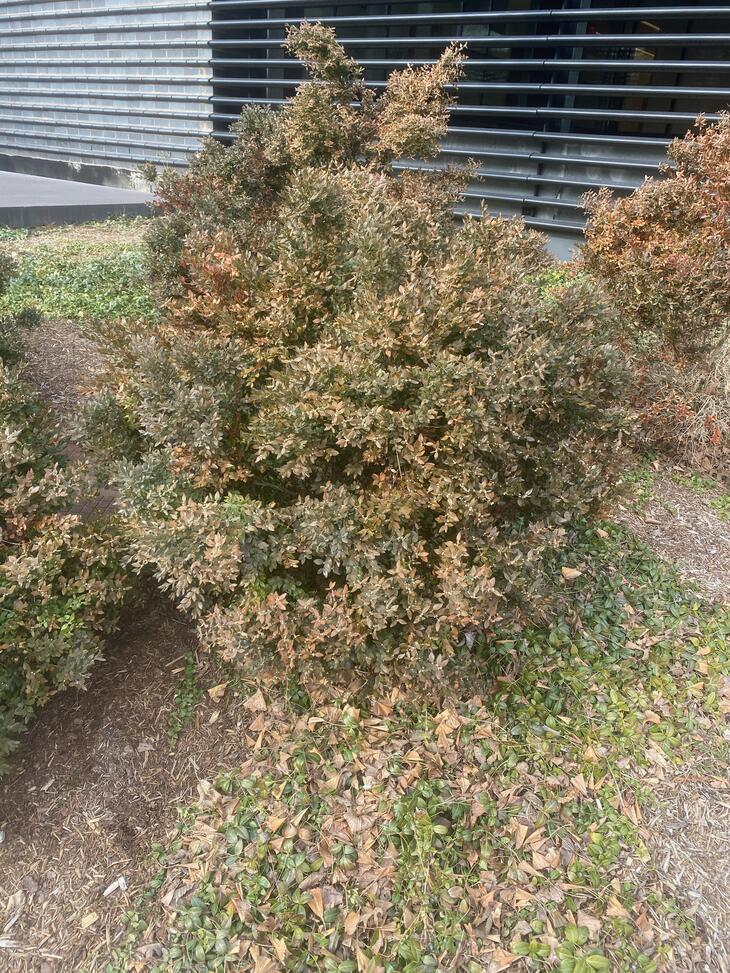Her name is Penelope,
She is small but thick,
Her leaves have been used for medicine,
So please give them a lick.
Though she is small,
Her relatives have been known to reach twenty feet tall!
As an evergreen, her leaves never fall,
They turn brown in the Winter,
In Spring they are as green as a tennis ball!
Though young she may be,
Her youth is enduring,
Hundreds of years may go by,
And still she is maturing!
Native to Asia and Europe,
She cannot be contained,
She is planted all across the world,
Never to be restrained!
We do love our Penelope,
As members of the Penolope Fan Club,
And we do hope she loves us,
Though this is unlikely,
Because she is just a shrub.
